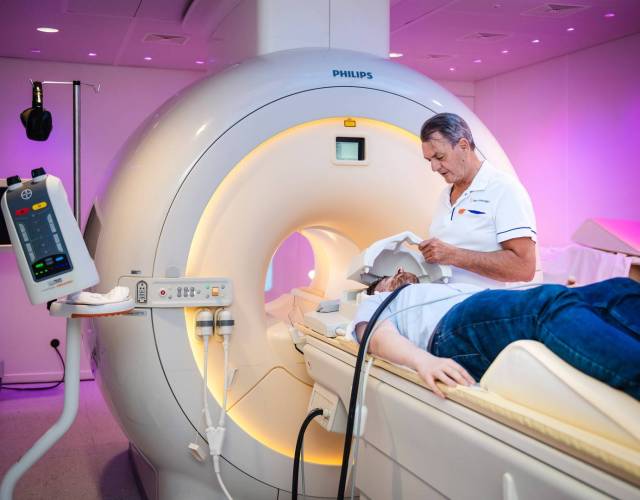Achieve Your Fitness Goals with Bodyweight Workouts
Introduction:
Incorporating bodyweight exercises into your fitness routine can be a game-changer, offering a plethora of benefits that contribute to overall strength, flexibility, and endurance. Let’s delve into the world of bodyweight workouts and explore how they can transform your fitness journey.
Benefits of Bodyweight Exercises:
Bodyweight exercises are versatile and effective, allowing you to build strength and muscle without the need for fancy equipment or gym memberships. They target multiple muscle groups simultaneously, offering a comprehensive workout that improves functional strength and enhances overall fitness.
Functional Strength and Mobility:
One of the key benefits of bodyweight exercises is their focus on functional strength. These exercises mimic real-life movements, helping you develop strength and mobility that translates into daily activities, sports performance, and injury prevention.
Flexibility and Range of Motion:
Incorporating bodyweight exercises into your routine can improve flexibility and range of motion. Movements like lunges, squats, and planks promote joint flexibility, making everyday tasks easier and reducing the risk of injury during physical activities.
Convenience and Accessibility:
Bodyweight exercises can be done virtually anywhere, making them incredibly convenient and accessible. Whether you’re at home, in a park, or traveling, you can still get a challenging workout using just your body weight, eliminating the need for specialized equipment or gym access.
Variety and Progression:
With a wide range of bodyweight exercises available, you can add variety to your workouts and prevent boredom. Additionally, as you gain strength and endurance, you can progress to more challenging variations of bodyweight exercises to continue pushing your limits and seeing results.
Core Strength and Stability:
Many bodyweight exercises, such as planks, mountain climbers, and bicycle crunches, target the core muscles, improving core strength and stability. A strong core is essential for overall strength, posture, and injury prevention.
Cardiovascular Endurance:
Bodyweight exercises can also be used to enhance cardiovascular endurance. Incorporating dynamic movements like burpees, jumping jacks, and high knees into your routine can elevate your heart rate, improve cardiovascular health, and boost overall endurance.
Cost-Effective Fitness Solution:
Unlike gym memberships or expensive equipment, bodyweight exercises are a cost-effective fitness solution. You don’t need to invest in pricey gear to get a great workout; all you need is your body and a willingness to challenge yourself.
Mind-Body Connection:
Engaging in bodyweight exercises promotes a strong mind-body connection. As you focus on proper form, breathing, and mindful movement, you develop greater awareness of your body, leading to improved coordination, balance, and overall well-being.
Community and Support:
Bodyweight workouts can also foster a sense of community and support. Joining group fitness classes or online communities focused on bodyweight exercises can provide motivation, accountability, and a supportive environment for achieving your fitness goals.
Conclusion:
Incorporating bodyweight exercises into your fitness routine offers a multitude of benefits, from improved strength and flexibility to convenience and cost-effectiveness. Whether you’re a beginner or a seasoned fitness enthusiast, integrating bodyweight workouts can elevate your fitness journey and help you achieve your health and wellness goals. Read more about Incorporating bodyweight exercises















